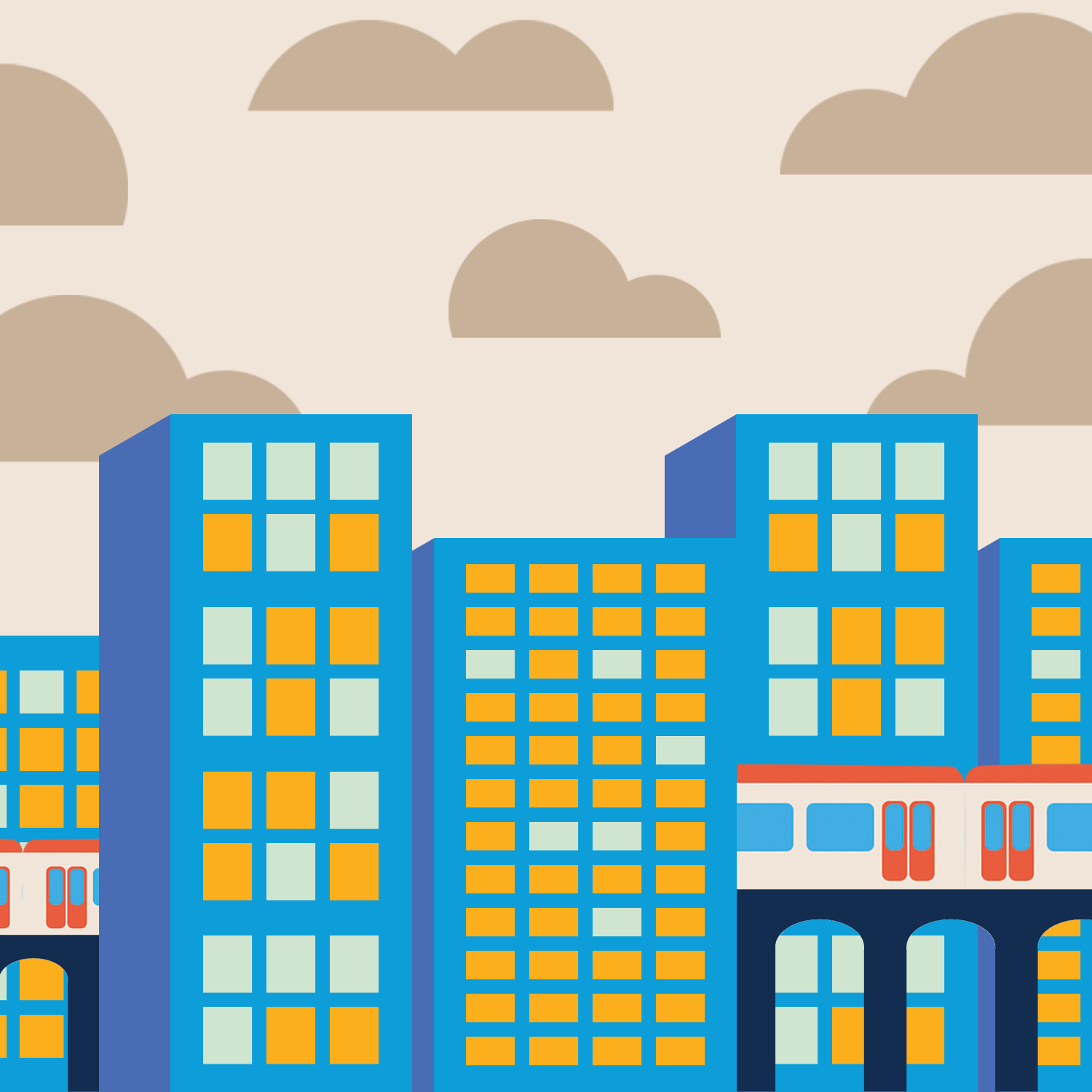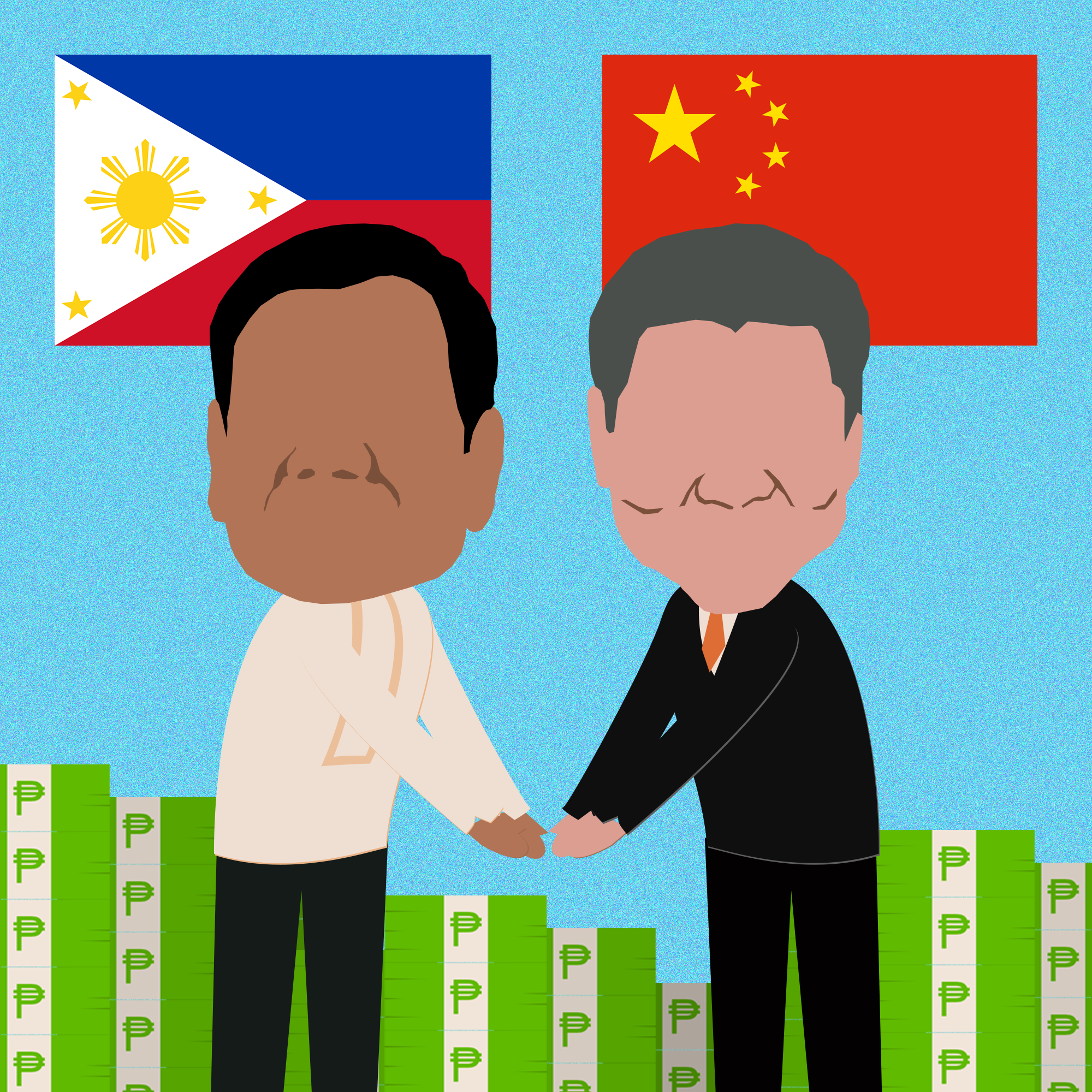Health services in the country have deteriorated and become more costly for the public
IBON Features—In his last State of the Nation Address, President Aquino recalled his 2012 announcement that through the Philippine Health Insurance Corporation (PhilHealth), families belonging to the poorest 20% of the population do not have to pay a centavo when availing of public hospital services. He further said that since 2014, this PhilHealth benefit has expanded to cover the population’s poorest 40 percent.
The Aquino government signed the Universal Health Care Law in 2013 as its key to universal health access. Supposedly meant to benefit the poorest of the poor, the law mandates the National Health Insurance Program (NHIP) to facilitate the subsidy of medical care for those who cannot afford it, through PhilHealth.
Interviews made by IBON in its recent study among PhilHealth beneficiaries however revealed how health services in the country have deteriorated or become more costly for the public. Data from the Philippine National Health Accounts (PNHA) in 2013, for instance, shows that almost 70% of Filipinos’ health spending still had to be shelled out by patients.
The study, which is contained in the book “Critical Condition: Privatized health in the Philippines” was done among poor families in Sorsogon, Metro Manila, Nueva Ecija, Mindoro Oriental, Eastern Samar, Capiz, Iloilo and Negros Occidental. Interviewees included Sponsored, Paying and Lifetime patients. Sponsored patients are those whose PhilHealth contributions are paid for by other individuals, the local government or government agencies. Paying patients are usually government or private sector employees and individually enrolled members. Lifetime patients are senior citizens who have paid at least 120 monthly premium contributions.
More costly
Most interviewees said that they still had to buy medical paraphernalia or equipment which were not provided by the hospital but prescribed by the doctors and nurses. This included breathing tubes, intravenous (IV) therapy paraphernalia such as needles, syringes, dextrose, surgical paraphernalia, birthing paraphernalia, urine bags, catheter, blood-transfusion related paraphernalia, oxygen masks, ampoule and vials, gloves, and cleaning implements.
They also had to shell money out for medicine that were not available in the hospital’s pharmacy, such as antibiotics, anti-inflammatory drugs, and drugs for pneumonia, tuberculosis, cough, allergies, dialysis, pain and fever.
In Nueva Ecija, Sponsored patients complained about the high amounts that they were compelled to shell out for confinement. Some had to borrow money to comply with the hospital’s prescription. Other patients said that they had to seek donations from friends and relatives, politicians, government agencies. Some had to resort to borrowing from informal sources or lenders who charge high interest rates. Loan interests range from 10-40% per month. Even if the hospital guarantees reimbursement in part or in full for unavailable paraphernalia and drugs, patients regardless of category said that having to shell out money for their confinement is rather burdensome.
The interviews revealed an uneven implementation of the program. In Eastern Samar, most patients were given 100% coverage, while in Roxas and Iloilo no one was given 100% coverage. Overall, very few Sponsored patients said that PhilHealth covered 100% of their bills and that they still had to pay the balance of the bill. Meanwhile, Paying patients estimated that PhilHealth covered/ will cover from 26%-75% of their bills, while no Lifetime member had 100% of their bill covered.
Deteriorated
Many patients expressed dissatisfaction with hospital facilities. They said that not even Cabanatuan City’s Paulino J. Garcia Memorial Research and Medical Center, a training hospital, was complete in facilities. Not all hospitals had computerized tomography (CT) scan, ultrasound, 2D echo, X-ray, blood transfusion, caesarian operation, oxygen/ respirator and laboratory tests including those for dengue, blood and urine. Meanwhile, many Sponsored patients said that even though the hospitals were equipped with facilities, use of these would later be billed to them. Others said that they were obliged to spend for tests and procedures outside.
Some patients even had to bring their own bedding, electric fans and bed pans. Almost half of all Sponsored interviewees said that the hospital could not provide the services that they needed while confined. Almost a third of Paying interviewees, meanwhile, said the same.
Paying patients had a positive attitude towards PhilHealth, yet complained about poor ventilation, lack of cleanliness, noise in the wards, smelly toilets, and lack of beds in health facilities. Sponsored patients meanwhile were critical of hospitals’ lack of medicines and medical supplies, bedding, unsanitary toilets and overcrowded premises.
Sponsored patients also remarked about the lack of doctors, inattentive health practitioners unless the patient had connections with personnel, and discrimination of patients. In addition, Paying patients complained about short visiting hours and long queues for diagnostics and services.
None the better
IBON’s study showed that Aquino’s health care program has not improved the public hospital system. Primarily treating health as a commodity rather than a service, the program builds on the progressive privatization of the health sector, implemented through various strategies through the years with the overarching principle of decreased State responsibility and more private role. As of 2013, PhilHealth claims to have already covered 70% of the population, though based on previous estimates, this is the lowest number of beneficiaries since 2011.
Research has further revealed that the objective of socialized subsidy is not being achieved with Lifetime members receiving the highest benefit payment per beneficiary on average (Php1,259.52), and Sponsored Program members composed of poorer beneficiaries receiving the lowest benefit payment (Php572.71) in 2013.
Amid the rising cost of health services in the country, PhilHealth has also not guaranteed reduced or zero out-of-pocket expenditures. Alongside government’s plan to encourage more public-private partnerships in the health sector, PhilHealth is still about profit-seeking at the expense of the public — using the mantra of sustaining, improving and modernizing health facilities and services. Instead of ensuring the delivery of this crucial social service, it has clearly become an additional burden for a growing population already stricken with persistent joblessness and poverty, hunger and severe malnutrition, among others. IBON Features






